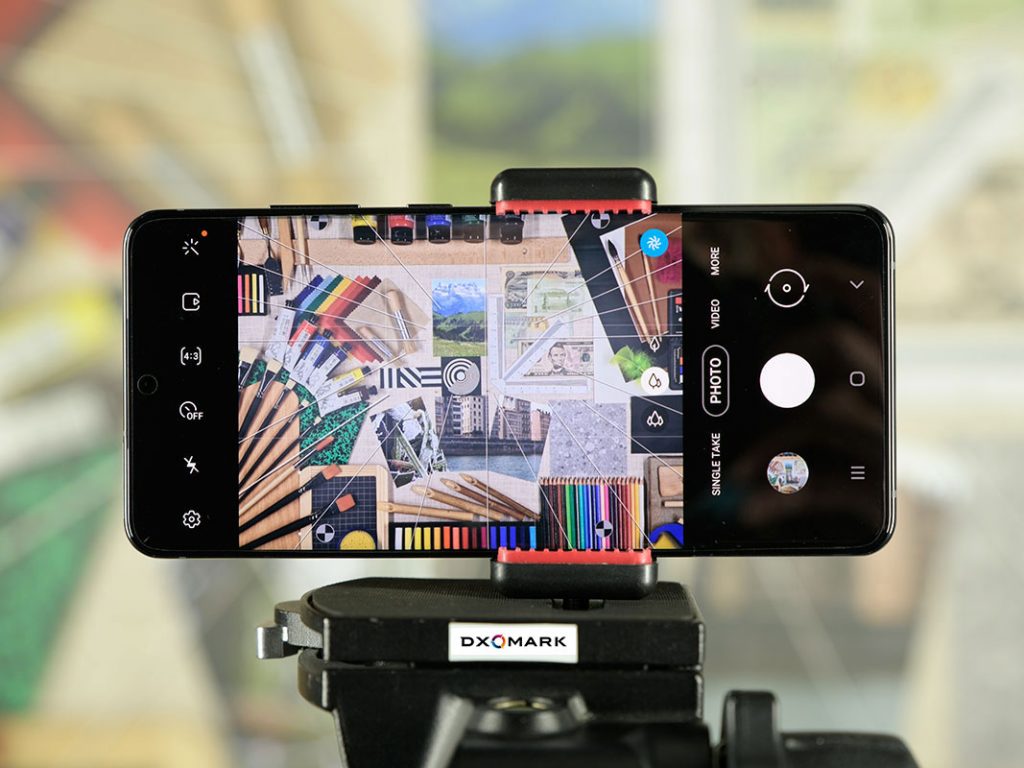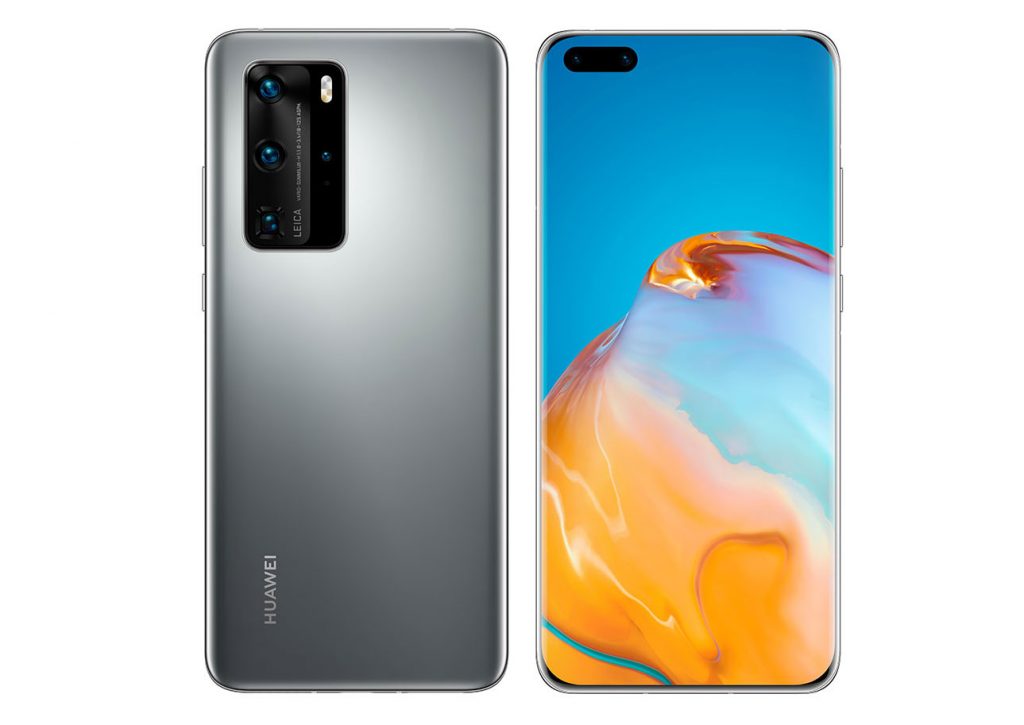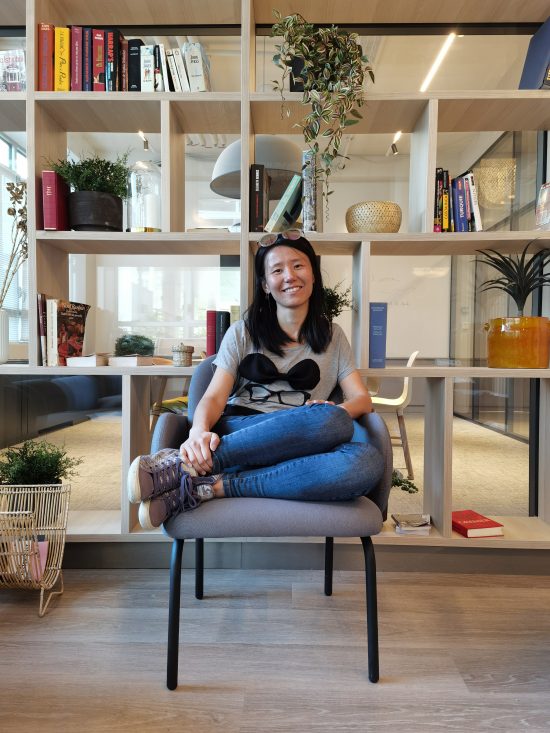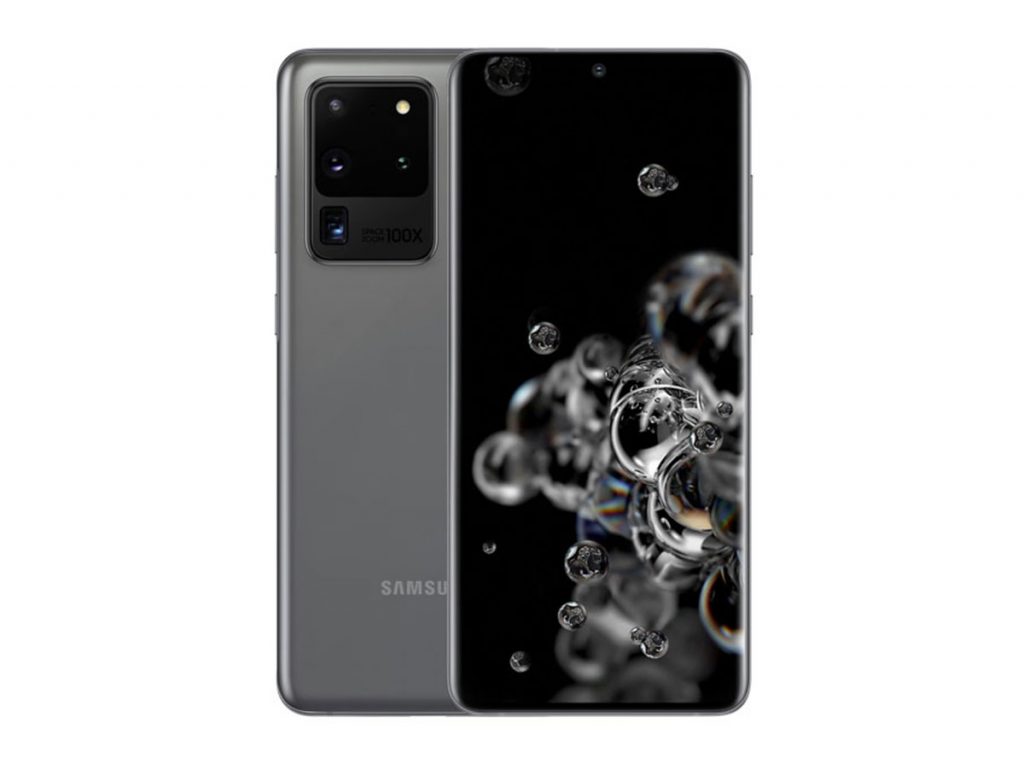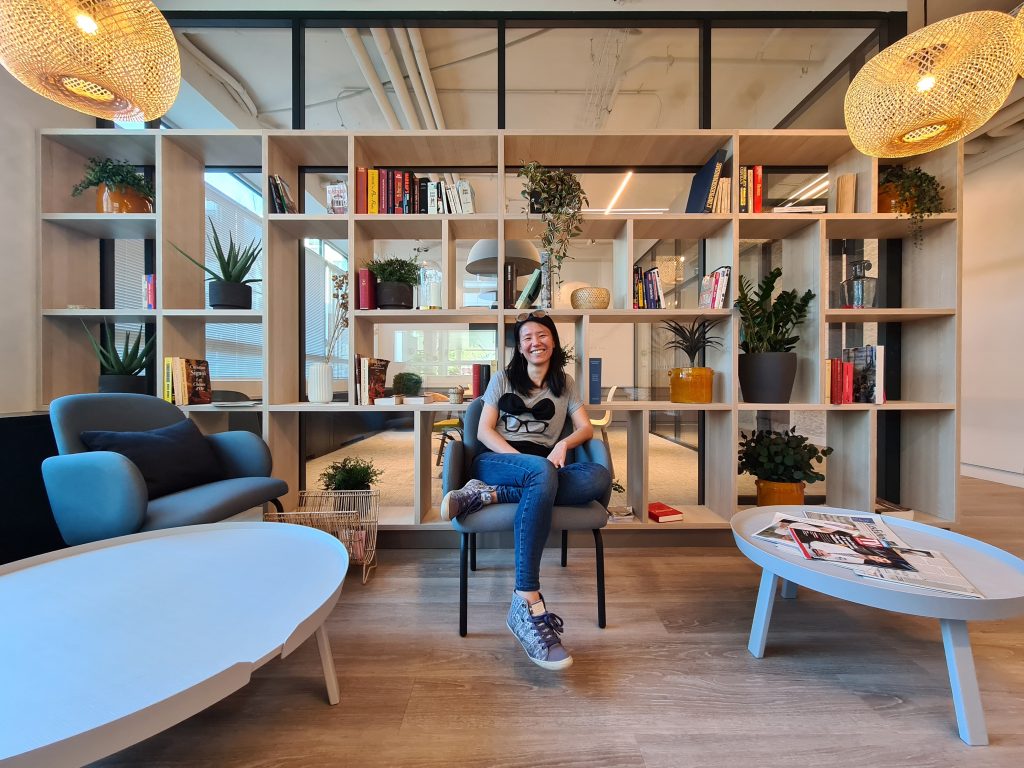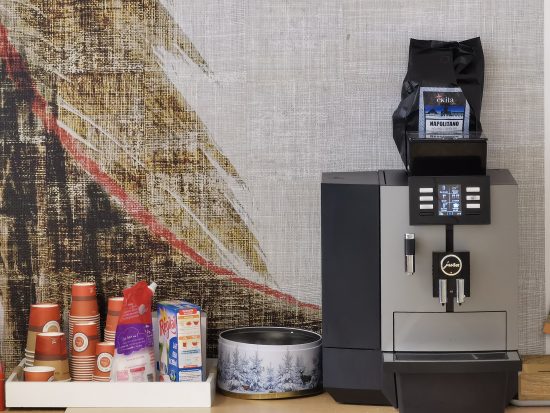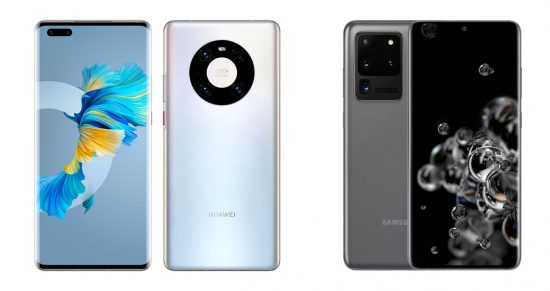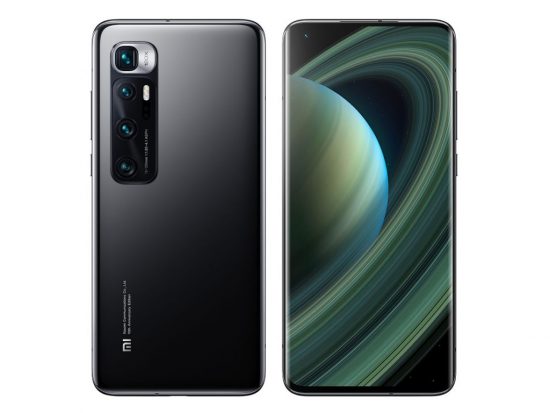рейтинг фотокамер смартфонов dxomark
The best smartphone cameras
At DXOMARK we test a large number of smartphone cameras every year, covering many brands and models across the spectrum, from budget to high-end. If you want to find out about a specific model’s overall camera performance compared to the competition, you can simply check our DXOMARK Camera ranking. For those who have more specific imaging requirements, it’s best to dive deeper and have a closer look at the sub-scores as well. And that’s exactly what we’ve done in compiling the list below (which we will update on a continuous basis). So without further ado, here are the currently best smartphone cameras, by category:
Best for Photo: Huawei P40 Pro
With a Photo score of 140, the Huawei P40 Pro is currently the top device for still image capture in our database. The score is based on top-level photo performance across all test categories, without any real weaknesses in sight. Images captured on the P40 Pro’s main camera show a very wide dynamic range and class-leading texture/noise balance. This means the Huawei is a great option even in challenging conditions, such as high-contrast scenes or very low light.
The camera’s zoom capabilities are impressive, too, and the 5x tele-camera in combination with the main camera, along with innovative computational methods, achieves outstanding detail and low noise levels across all tested zoom factors. At an equivalent focal length of 18mm, the Huawei’s ultra-wide camera doesn’t let you squeeze quite as much scene into the frame as some rivals, but image quality is excellent, with wide dynamic range, very good detail, and low noise.
In addition, bokeh mode captures natural-looking portrait shots, with good subject isolation, pleasant bokeh shape, and a wide dynamic range; and the autofocus system is one of the best we have seen on a smartphone, performing flawlessly in lab and real-life conditions alike. Overall, the Huawei P40 is currently the device of choice for mobile users with a focus on still photography.
Also consider: Both the Honor 30 Pro+ and Huawei Mate 30 Pro 5G come pretty close to the P40 Pro across a range of test categories, but lag behind a little more noticeably for Zoom and Night photography. Still, both devices are excellent options for mobile photographers.
Best for Video: Huawei P40 Pro
The Huawei P40 Pro isn’t only the best phone we have tested for photo capture, it also tops our ranking for Video with 105 points. Like for stills, the camera does not show any real weaknesses in any of the test categories, and is either the best or among the best in all of them. Video footage shows good exposure and wide dynamic range, with only some minor clipping in challenging high-contrast scenes; and as long as you are not recording under low tungsten light, white balance and color rendering are mostly accurate.
The P40 Pro renders detail pretty well, but we occasionally saw a loss of fine textures. Noise is very well under control in good light, but temporal noise becomes visible under low tungsten illumination. Video autofocus works as well as that for stills, delivering quick and reliable focus with good tracking, and the stabilization system effectively keeps things steady when walking or holding the camera still in your hands, making the P40 Pro a true mobile video powerhouse.
Also consider: Competition at the top of our Video ranking is fierce and the differences between devices are pretty small. Both the Honor 30 Pro+ and the Xiaomi Mi 10 Pro are almost on the same level as the Huawei P40 Pro and are definitely worth a closer look for any budding mobile cinematographers.
Best for Wide: Samsung Galaxy S20 Ultra
At 47 points, the Samsung Galaxy S20 Ultra tops our Wide category, thanks to an ultra-wide camera that delivers excellent exposure and color, as well as very effective geometric distortion correction. Although the specs list a 13mm lens, we measured it closer to 14mm, but even so, the S20 Ultra offers a very wide field of view and allows you to fit more scene into the frame than many competitors. Artifacts commonly associated with ultra-wide shots such as color fringing and ringing are slightly visible, but are not overly problematic. Anamorphosis, or stretching of elements towards the edges of the frame, is sometimes slightly noticeable, but the Samsung controls geometric distortion better than many of its rivals, with straighter lines and less barrel distortion.
On the downside, detail deteriorates noticeably when you zoom in just a little bit, so it’s best to stick with the native focal length when shooting with the Galaxy S20 Ultra’s ultra-wide.
Also consider:
It looks like ultra-wide cameras are a bit of a Samsung specialty, with the Galaxy S20+ and Galaxy Note 10+ 5G following right in the S20 Ultra’s slipstream, offering equally wide fields of view and overall image quality that is not far off the top-ranked device. At 18mm, the Huawei P40 Pro’s ultra-wide camera is noticeably less wide than the Samsung devices. However, it offers the best dynamic range and detail/noise trade-off of all ultra-wide cameras we have tested. So if you can live with the slightly longer lens, the Huawei is a great ultra-wide option, too.
Best for Night: Huawei P40 Pro
The current ne plus ultra for night and low light photography is, again, the Huawei P40 Pro. Its 70-point top score in this category is based on outstanding performance across all sub-tests—flash-on, flash-auto, flash-off, and night mode.
With the flash forced on, images show a very good texture/noise balance, good exposure, and accurate white balance, making the Huawei device a good option for flash portraits in dark settings. Both exposure and white balance are also very consistent across a series of images.
When shooting in flash-auto mode, the flash usually triggers for portraits and images show good exposure and dynamic range. Exposure is not only good on the subject’s face but also for the background, which indicates Huawei might be using a frame-stacking algorithm with flash shots.
With the flash switched off, night shots show accurate exposure and a wide dynamic range, resulting in good highlight detail, even in difficult night cityscapes. In addition, it still renders fine textures nicely in low light and controls image noise very well. When using its dedicated Night mode, the P40 Pro is capable of achieving better exposure and color than most rivals, but there is some room for improvement in terms of texture and noise.
Also consider: Just as ultra-wide angle cameras are a Samsung domain, Huawei is currently ahead of the pack in terms of low-light performance. In our ranking, the P40 Pro is followed by two models from Huawei’s sister brand Honor, the V30 Pro and 30 Pro+. Both come pretty close to the Huawei flagship but cannot quite match it, with the P40 Pro maintaining a small advantage in all sub-tests.
Best for Zoom: Huawei P40 Pro
Camera-wise, the Huawei P40 Pro is a step ahead of its rivals, and that’s particularly clear for the Zoom category, where the Huawei flagship blows the rest of the competition out of the water, thanks to a 5x optical tele-lens and improved processing and software over last year’s P30 Pro.
When zooming, the Huawei camera is capable of recording higher levels of detail than competing devices at all zoom ranges while keeping image noise well under control. The advantage is most visible at longer zoom distances, where the Huawei camera manages to maintain good detail on fine textures, while most rivals show a strong loss of detail. In medium-range shots, the Huawei also records excellent detail at the center of the frame, but there is a noticeable loss of detail towards the edges, caused by the image fusion algorithm. Overall, there is no way past the Huawei P40 Pro, though, if you frequently rely on your smartphone’s zoom function.
Also consider: The Xiaomi Mi 10 Pro comes with not one but two tele-lenses for optimized image quality across the zoom range. This allows for excellent zoom results that come pretty close to the P40 Pro’s, especially at medium range.
Best for Bokeh: Samsung Galaxy Note 10+ 5G
Samsung devices have always been a great option for shooting portraits with a background-blurring simulated bokeh effect, and the current top-ranked device for this category, the Samsung Galaxy Note 10 5G, is no different. Bokeh results are outstanding, with excellent subject isolation, spotlight rendering, and blur gradient. Texture on faces is particularly good. Noise is also well controlled, giving the Samsung an advantage over the competition for indoor bokeh shots.
In addition, HDR processing in bokeh mode works very well in high-contrast scenes, maintaining good brightness on faces when the background is much brighter. Spotlights in the background have a good shape and contrast, too.
The best smartphone cameras of 2020
At DXOMARK we test a large number of smartphone cameras every year, covering many brands and models across the spectrum, from budget to high-end. If you want to find out about a specific model’s overall camera performance compared to the competition, you can simply check our DXOMARK Camera ranking. For those who have more specific imaging requirements, it’s best to dive deeper and have a closer look at the sub-scores as well. And that’s exactly what we’ve done in compiling the list below. So without further ado, here are the best smartphone cameras of 2020, by category:
Best for Photo: Huawei Mate 40 Pro+
We have hardly been disappointed by the cameras in Huawei flagship models over recent years and the Mate 40 Pro+ is no exception. The latest model’s outstanding overall performance builds on a a class-leading Photo score of 144 and achieves excellent results for pretty much all Photo attributes.
The Mate 40 Pro+ is outstanding for night shots, achieving the highest score in this category to date. Dynamic range remains wide down to very low light, which is something that most rivals struggle with. In addition, texture and noise are well balanced when capturing night scenes. Additionally the camera is capable of recording good exposures even in very low light.
The camera also offers a great tradeoff between texture and noise, with good detail and low levels of noise in images captured across all light levels. Sharpness is further helped by an accurate autofocus system that locks on without delay when shooting with the primary camera. The Mate 40 Pro+ portrait mode does a good job of creating a natural-looking bokeh simulation that doesn’t look far off from something a DSLR and fast lens could capture. Our testers were particularly impressed by the depth estimation that works well even with hair and other complex subjects.
Both artifacts and preview are areas where the camera still leaves room for improvement. Artifacts such as color quantization, aliasing, and ghosting can often be spotted, and the preview image often fails to give you an accurate impression of the final capture. Our testers also observed field-of-view jumps and exposure instabilities in the preview image when zooming. Within the big picture, those shortcomings are minor, though, and the Huawei Mate 40 Pro+ is currently the best option for smartphone still image shooters.
Also consider: With a Photo score of 138, the Apple iPhone 12 Pro comes very close to the Mate 40 Pro+ but trails the Huawei slightly in a number of test areas. The difference is most noticeable in dynamic range, where the Apple phone isn’t quite on the same high level as the Mate 40 Pro+. On the other hand, the iPhone really excels for autofocus and preview. Apple’s new LiDAR laser sensor makes sure focus sets accurately on the right subject in all light conditions. The preview image in the camera app is as close to the final capture as it currently gets, even in difficult HDR scenes or when shooting in bokeh simulation mode. Huawei’s own Mate 40 Pro also comes very close to the Plus model in all Photo categories, making it a good alternative for Photo capture.
Best for Video: Huawei Mate 40 Pro
The Mate 40 Pro is not only the best choice for still images, but with a score of 116, it also leads our Video ranking, making it a true imaging all-rounder. Like most flagship phones these days, the Mate 40 Pro records at 4K resolution and the footage offers rich detail and low noise levels in all conditions. There’s little to complain about video color, either, thanks to nice color rendering, a reliable auto white balance system, and smooth adjustments in changing light conditions. Exposure is good, too, even in low light, making the Huawei a great option for shooting video at indoor social gatherings and similar events.
The autofocus system also works very accurately and adapts smoothly to changes in subject distance. This helps avoid any unwanted focus jumps or pumping. The effective video stabilization further helps create an almost cinematic effect. Mate 40 Pro video footage looks very smooth and stable, which is particularly noticeable when panning or when on the move while recording.
Video dynamic range for video is not quite on the same level as for still images and some highlight clipping can occur in difficult high-contrast scenes, but the Mate 40 Pro has that in common with most of its rivals. The stabilization is taken to its limits when walking while recording in low light, but these are extremely challenging conditions that most phones would struggle in. Our testers also observed video artifacts, including color quantization and ghosting effects, but these are really minor quibbles. Overall, the Mate 40 Pro is currently our recommendation for vloggers and other mobile video shooters.
Also consider: The Huawei Mate 40 Pro+ is a very close second in our Video ranking, recording very similar results to its cousin Mate 40 Pro. If you are after an alternative brand, the Apple iPhone 12 Pro Max is an excellent option, too. With 113 points, it scores slightly lower than the Mate 40 Pro across all video attributes but differences are almost marginal and the new top-end iPhone will let you record high-quality video clips in pretty much any scenario. Thanks to Dolby Vision HDR support, dynamic range is particularly impressive when clips are played back on a compatible display.
Best for Night: Huawei Mate 40 Pro+
As mentioned in the Photo section, the Mate 40 Pro+ is also an outstanding choice for photographers who like to capture nightscapes and low light portraits. It achieved the by far highest score in the Night category to date, thanks to excellent dynamic range in low light shots as well as very good texture and low noise levels.
Night landscape exposure are good down to very low light levels, too, and in portraits the subject is nicely exposed in both flash-auto mode (where the flash usually triggers for portraits) and with the flash switched off. Overall, the Mate 40Pro+ is unrivalled among smartphones in challenging low light situations.
Also consider:
The Huawei P40 Pro and Xiaomi Mi 10 Ultra tie for the number two top spot in the Night category with a night score of 72, both offering excellent image quality when shooting in very low light and at night. They cannot quite match the Mate 40 Pro+ but are still great options for smartphone photographers who want to keep shooting after nightfall.
Best for Bokeh: Huawei Mate 40 Pro / Samsung Galaxy S20 Ultra 5G
The Huawei Mate 40 Pro and Samsung Galaxy S20 Ultra 5G both achieved a score of 75 for their bokeh modes and jointly occupy the top spot for this category. The Mate 40 Pro’s portrait mode does a good job at creating a natural-looking bokeh simulation that doesn’t look far off from something a DSLR and fast lens could capture. Our testers were particularly impressed by the depth estimation that works well even with hair and other complex subjects. Exposure and color are nice, too, making for very nice-looking portrait images overall. If you’d prefer to go with a top-of-the-line mode, the Huawei Mate 40 Pro+ achieves nearly identical results in this category.
Portrait mode is also one of the strengths of the S20 Ultra 5G, with bokeh images that display vivid and pleasant color, accurate exposure with wide dynamic range, and good detail. Noise is controlled well, too, with nice uniformity across both sharp and blurred areas.
Repeatability is good, with the S20 Ultra applying bokeh effects consistently in portrait mode, and results are pleasant in outdoor and indoor lighting conditions. Depth estimation is fairly accurate; and although some slight segmentation artifacts, including halos, are occasionally visible, it does a good job on the whole. It also applies strong blur effect, which can look quite striking; and together with big, well-contrasted spotlights and a good blur gradient effect, the overall results are excellent.
Best for Tele: Xiaomi Mi 10 Ultra
With a tele score of 133, the Xiaomi Mi 10 Ultra is also our number one pick for tele-zoom enthusiasts. Dual tele-lenses ensure that the Mi 10 Pro performs well at any zoom distance; image quality in general is outstanding, and detail is very good across the zoom range.
Compared to the output of most of the competition, Mi 10 Ultra zoom images are impressive, with lots of detail, especially at close, long, and very long zoom distances. At medium zoom factors (around 4x) the Xiaomi images have very good detail towards the center of the frame, but there is some fall-off in sharpness towards the edges, caused by image fusion.
ТОП 10 флагманских смартфонов с лучшими камерами по версии dxomark
Содержание
Содержание
Камеры смартфонов выходят на новый уровень и не уступают отдельным цифровым фотоаппаратам, ведь многие ТОПовые камерофоны используют самые передовые технологии. Какие производители используют лучшие камеры в смартфонах по версии DXOMARK — в этом материале.
Для выставления баллов оцениваются более 3000 тестовых фотографий и более 2,5 часов видео. Съемки проходят внутри и снаружи помещения, в естественном и искусственном освещении, а также ночью, при настройках камеры по умолчанию. Общий балл высчитывается после оценки в таких категориях как: экспозиция, цвет, автофокус, детализация, шум, зум, боке, ночной режим и т.п.
Xiaomi Mi 11 Ultra
Флагманские модели Xiaomi уже давно славятся своими возможностями. Однако, этот смартфон на порядок превосходит всех своих предшественников, да и вообще выделяется среди своих мобильных «сородичей». В первую очередь в глаза бросается влагозащитный корпус, выполненный из керамики и вмещающий в себя процессор Snapdragon 888, графический адаптер Adreno 660. Но основная «фишка» модели в другом, а именно в трех мощных камерах, скомпонованных в специальном блоке, который внушительно выпирает из корпуса.
Необычным решением стало появление небольшого AMOLED-дисплея рядом с камерами, что позволяет использовать их для селфи, забыв про фронтальную камеру 20 Мп. При необходимости, с помощью этого «дисплейчика», можно даже принять или отклонить вызов. Основная 50 Мп камера использует датчик Samsung ISOCELL GN2 и порадует еще и автофокусом Dual Pixel Pro AF. Сверхширокоугольный модуль и телефотообъектив используют датчик Sony IMX586 на 48 Мп.
Все три датчика снабжены оптической стабилизацией, причем пользователь сможет использовать одновременно все три модуля снимая видео и делая фото. На данный момент камера имеет наивысшую оценку DXOMARK — 143 балла.
Huawei Mate 40 Pro+
Линейка Mate 40 всегда привлекает любителей носить в своем кармане мощный камерофон. Но Huawei не останавливаются на достигнутом и выпускают флагман, получивший приставку +. Плюсов у новой модели действительно много. Это симпатичный, солидный дизайн и высокая производительность за счет процессора Kirin 9000 5G, графического ускорителя Mali-G78 MP24 (геймеры будут довольны). Главный же плюс заключается в модуле, обеспечивающем качественную фото- и видеосъемку в любое время суток. Солировать здесь будет 50-мегапиксельный объектив Super Sensing (f/1.9) с оптической стабилизацией (OIS), лазерным и фазовым автофокусами.
Также порадует телеобъектив с 10-кратным зумом и оптической стабилизацией. Имеется и датчик TOF 3D, который будет измерять и рассчитывать глубину изображения. Камера записывает 4К видео со скоростью 60 FPS.
Huawei Mate 40 Pro
После выпуска в свет своего преемника, Mate 40 Pro выглядит уже не таким топовым, однако команда DXOMARK, проведя массу тестирований наделила его почетным третьим местом. И неспроста: устройство имеет 4 тыловых фирменных камеры Leica, главная из которых сможет запечатлеть происходящее на 50 Мп объектив с диафрагмой f/1.9. В тоже время у нее отсутствует оптическая стабилизация. Пользователь сможет снимать на сверхширокоугольный 20 Мп сенсор с диафрагмой f/1.8. и 12 Мп телеобъектив с OIS и 5-кратным зумом. И сверхширокий, и теле снабжены фазовыми автофокусами (PDAF).
Тесты показывают оптимальное соотношение между высокой детализацией и низким уровнем шума при ночной съемке и при съемке в процессе движения. С помощью фронтальной 13 Мп камеры можно делать неплохие селфи применяя различные режимы: панорама, портрет, зеркальное отражение, улыбки и т.д. В этом также поможет TOF 3D. Правда есть некоторые претензии к сверхширокоугольной камере и связаны они с относительно небольшим полем зрения (в отличии от конкурентов). Но это компенсируется отличным качеством изображения.
Xiaomi Mi 10 Ultra
В свой десятилетний юбилей компания решила подарить поклонникам новый камерофон. На первый взгляд подарок получился отличным: чипсет Snapdragon 865, оперативной памяти до 16 Гб, масса разнообразных датчиков и т.д. Все это обернуто в керамический корпус, но также есть вариант выбрать прозрачный корпус, чтобы любоваться «внутренностями» устройства. По заверениям компании от перегрева будет спасать жидкостное охлаждение и 8 датчиков для регулировки температурного режима.
Что касается модуля, отвечающего за съемки, то в него входит 4 камеры: основная, широкоугольная и две телекамеры. Основная имеет разрешение 48 Мп, четырехъядерный сенсор Bayer, диафрагму f/1.85, OIS. Две другие разрешением 12 Мп и 48 Мп, соответственно, дают 2-х и 5-ти кратное увеличение. Сверхширокоугольный объектив порадует 20Мп и PDAF. DXOMARK отмечает, что камерофон выдает качественную картинку при съемке 4К с хорошей детализацией, экспозицией и цветом, даже при тусклом освещении или в других сложных условиях.
Huawei P40 Pro
Сразу же нужно отметить, что данный камерофон в рейтинге DXOMARK незначительно уступил «королю» фото Mate 40 Pro+ имеющему 139 баллов, что на 7 баллов больше, чем у серии P. В чем же изюминка? Конечно же в камере и еще раз в камере, хотя и другая «начинка» тоже впечатляет. DXOMARK не скупится на комплименты, прямо называет творение Huawei «высококлассным» и отмечает, что P серия создавалась для демонстрации компанией своих достижений в сфере мобильных камер.
«Джентельменский» набор камер на тыловой стороне выглядит привычным для смартфонов компании образом. Основная камера: 50 Мп, f/1,9, оптический стабилизатор, Octa-PD (здесь так назван фазовый автофокус). Широкоугольный: 40 Мп, f/1.8, PDAF. Телефото: 12 Мп, f/3.4, PDAF, OIS, 5-ти кратный зум. Полученные изображения отличаются хорошей визуализацией деталей, низким уровнем шума, причем даже если фото сделаны в темное время. Есть и капелька дегтя и заключается она в неточной цветопередаче при сьемке высококонтрастных сцен и в узком угле обзора. Но как отметили в DXOMARK, это не критично.
Vivo X50 Pro+
На шестом месте в рейтинге находится флагман, который пока еще мало известен широкому кругу пользователей, но он все равно пытается стремительно ворваться в мир камерофонов. «Начинка» устройства не особо отличается от конкурентов. Qualcomm Snapdragon 865, AMOLED-экран 6,56-дюймов, чип Adreno 650 — все просто и со вкусом. Устройство старается не отставать от более именитых флагманов и может похвалиться модулем из четырех камер.
Главная: 50 Мп, четырехъядерный датчик Bayer, PDAF, OIS, плюс уникальная система трехосевой стабилизации. Также есть широкоугольная камера и два телеобъектива, один из которых 32 Мп и 2-х оптический, а второй 13 Мп и 5-ти оптический.
На снимках заметны шумы, но в целом можно отметить четкую детализацию. Положительно были отмечены ночные съемки с сохранением детализации и низким уровнем шума. Хотя при тусклом свете замедляется автофокусировка, но на ее точность это никак не влияет. Запись видео ведется в 4К (30 FPS) и 8К, причем здесь хорошо показывают себя автофокус и стабилизация.
Apple iPhone 12 Pro Max
Тыловой модуль, отвечающий за фото и видеосъемку включает в себя три камеры (основная, сверхширокая и теле) в каждой из которых по 12 Мп. DXOMARK указывает на точную экспозицию (даже при плохом освещении), на точный и быстрый автофокус, качественную детализацию и низкий уровень шума, даже по сравнению с предыдущей версией.
Ночная и портретная съемка стала намного качественнее благодаря сканеру LiDAR, который отвечает за сбор информации об отдаленных объектах. В процессе широкоугольной съемки, при умеренном масштабировании можно сделать большой охват, вкупе с качественным изображением, однако DXOMARK уточняет, что у iPhone здесь уже появились серьезные конкуренты. Детализация и общее качество видео несмотря на мелкие огрехи также на высоте. В целом перед нами не лишенный недостатков, но очень хороший камерофон.
Apple iPhone 12 Pro
Еще одна топовая модель с современным дизайном и мощным чипсетом A14 Bionic. По сравнению с предыдущей, Pro обзавелся уже тремя камерами, получив дополнительный теле-модуль. Все три камеры снабжены 12 Мп датчиками, оптической стабилизацией, фазовым автофокусом. При портретных съемках помощь оказывает датчик LiDAR. Отмечается точная цветопередача, хорошая экспозиция с некоторым ограничением динамического диапазона.
Видео имеет поддержку HDR и показывает высокий уровень детализации при хорошем уровне освещения. При съемках помогает точный автофокус и система стабилизации, сохраняющая необходимую плавность даже при ходьбе.
Как уже отмечено выше цветопередача оценивается довольно высоко, однако на некоторых снимках порой заметны синие оттенки, что дает несколько неестественный свет, особенно при портретной съемке. 2-кратный оптический зум хорош при умеренном увеличении, а при многократном на снимке можно заметить отсутствие некоторых деталей и появление шумов.
Xiaomi Mi 10 Pro
Устройство находится на 9 месте в списке DXOMARK с общим баллом 128, но, тем не менее, оно вызвало массу положительных впечатлений. Тестировщики отмечают, что с помощью трех камер можно получить высококачественные, хорошо детализированные снимки. Качество не сильно ухудшается даже при сьемке в движении или же в сложных высококонтрастных условиях.
При портретной съемке замечены сбои автофокусировки и цвета, что в последнем случае влияет на оттенки кожи. При видеосъемке камера передает множество мелких деталей, система автофокусировки работает быстро и плавно даже при тусклом освещении, но видео не лишено шумов. Основная камера имеет 108 Мп, объектив с диафрагмой f/1.69, OIS. Телеобъективы 12 Мп и 8 Мп, а широкоугольный 20 Мп.
Honor 30 Pro+
Флагман, в котором разработчики предложили новые технологии системы цветокоррекции (автоматический баланс белого), обработки HDR видео и другие интересные функции. Основная камера снабжена 50 Мп сенсором Sony IMX700, хотя в стандартном режиме ведется 12 Мп съемка (для полного разрешения нужно включить режим HIGH-RES). При использовании 5-кратного зума получаются неплохие фото с хорошим соотношением детализации и шума, причем это характерно и для многократного увеличения. Двойная фронтальная камера (32+8 Мп) позволяет сделать естественные портретные фото с высокой детализацией, при ярком освещении.
Видеосъемка ведется в 4К, причем видео получаются с хорошей детализацией и слабым шумом. Автофокус отлично справляется со своими обязанностями, а стабилизация обеспечивает плавность даже при съемках в процессе ходьбы. На снимках отмечается отличная, насыщенная цветопередача с сохранением баланса белого. Положительно оценен ночной режим с хорошей экспозицией даже при слабом освещении. Однако, это относится по большей части к съемкам статичных сцен, потому что в движении изображение будет заметно размыто. Также в тусклом свете и в полной темноте может быть нарушена цветопередача и появится некоторое размытие.
